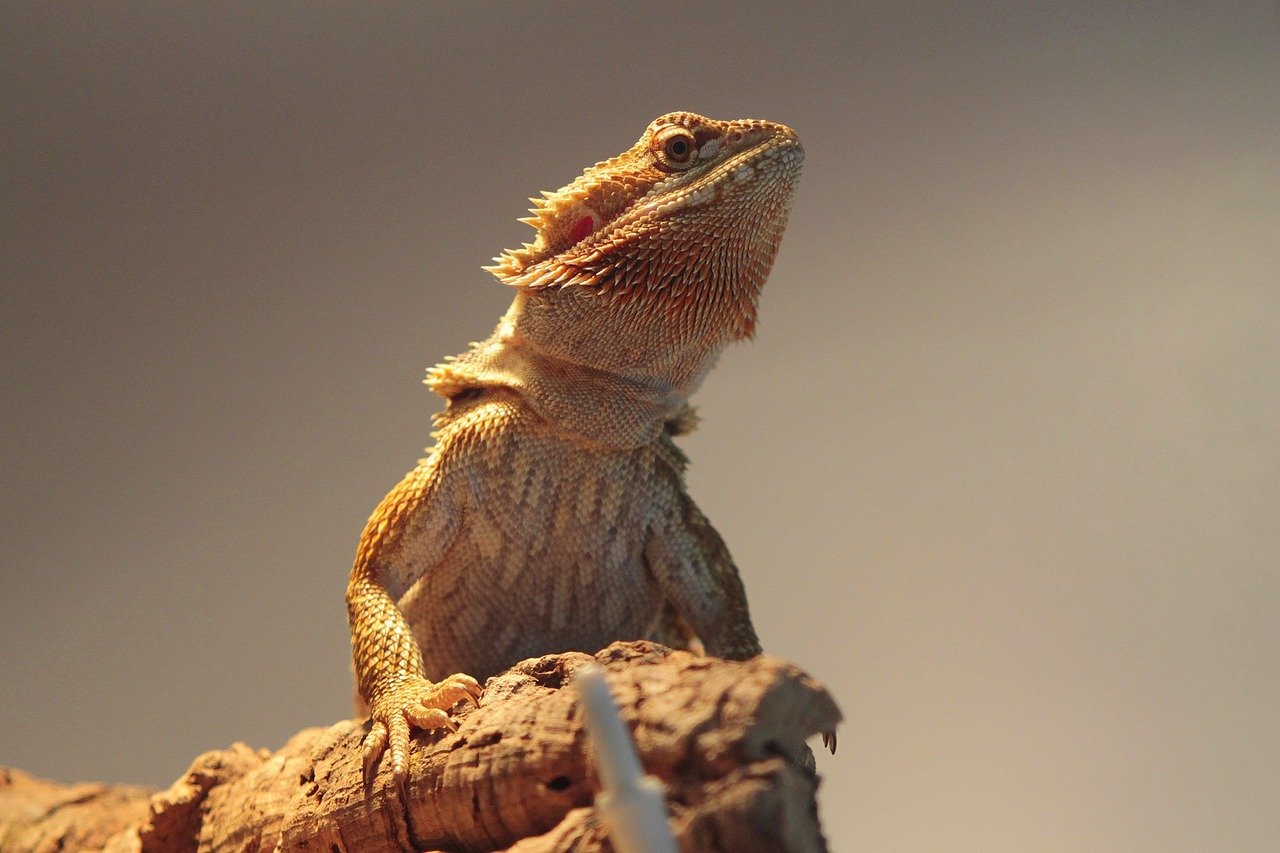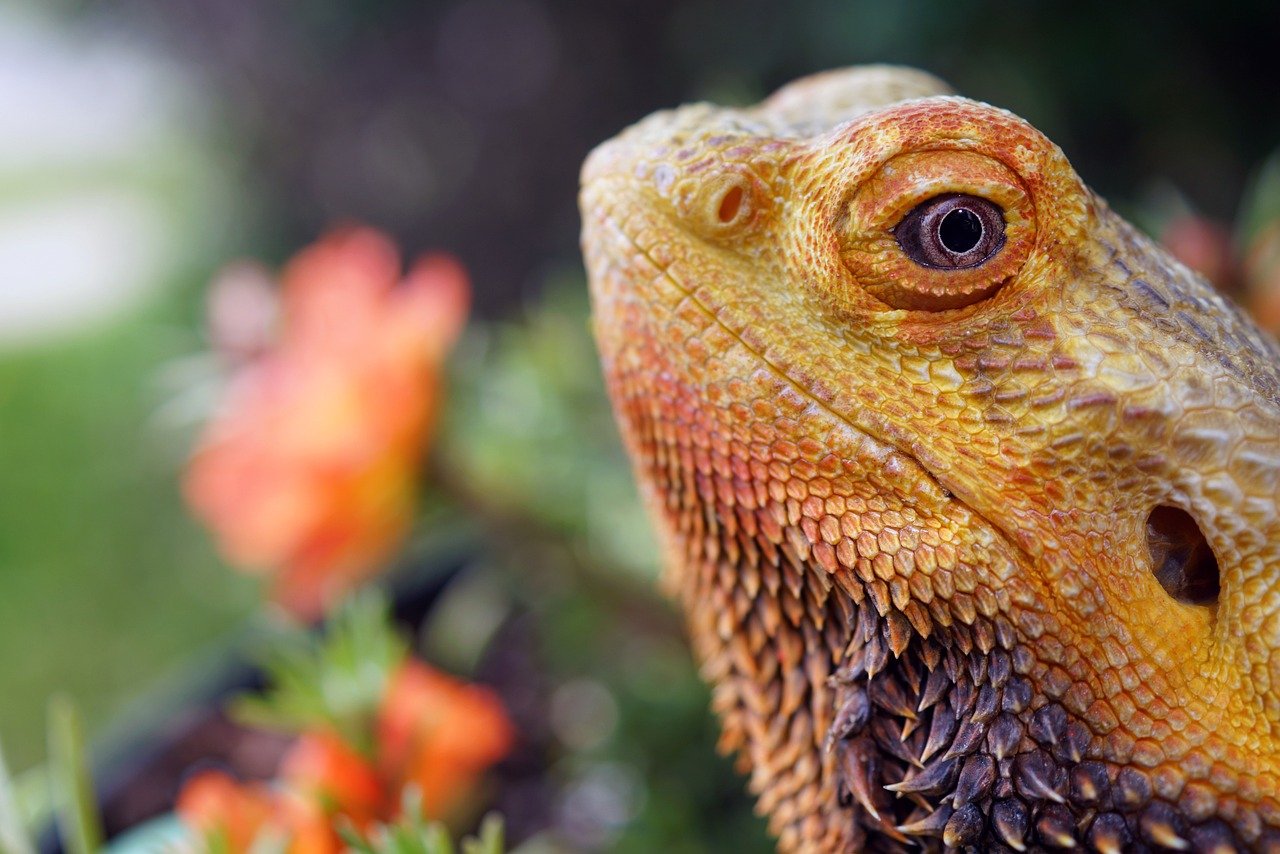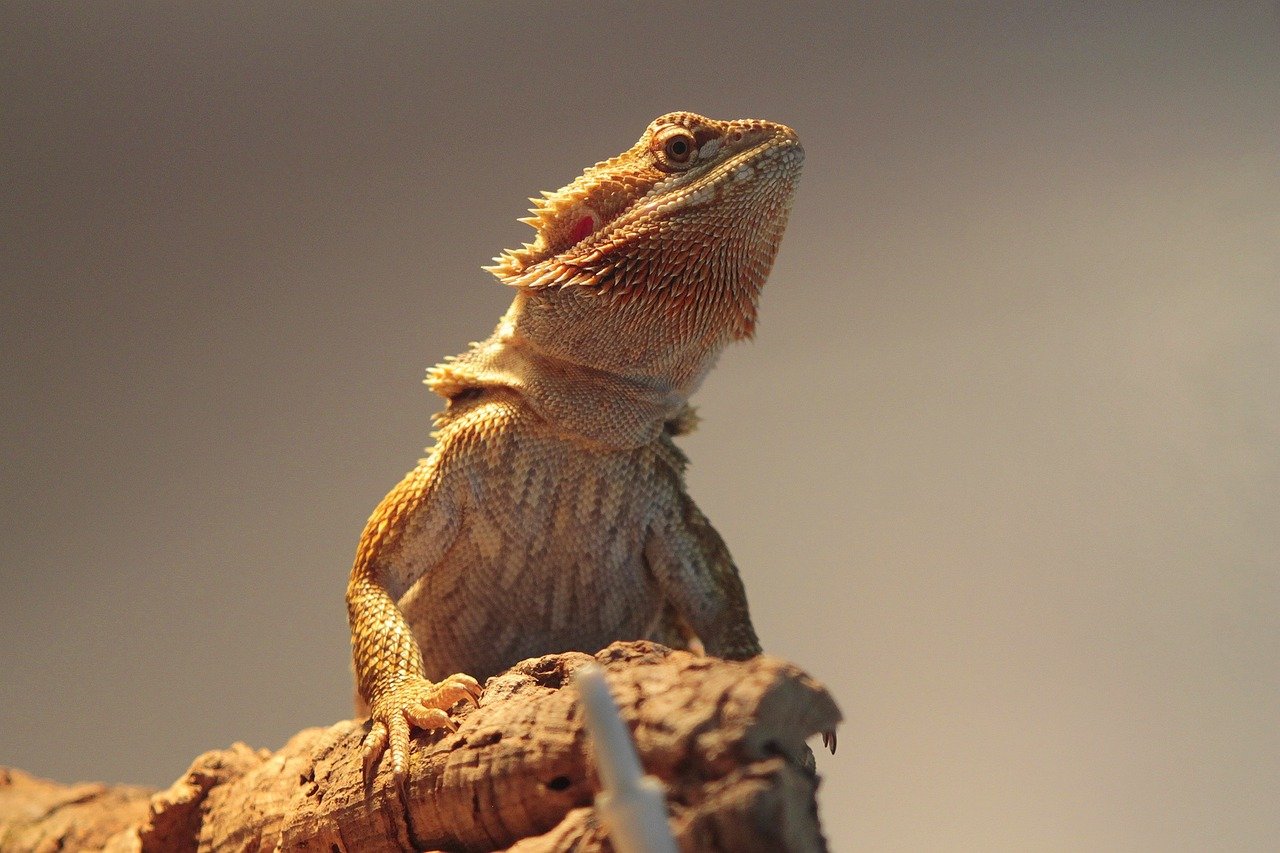Have you ever looked into the wise, gentle eyes of a bearded dragon and wondered what it would take to make them truly trust you? These quirky, scaly companions have captured the hearts of reptile lovers everywhere, but building a genuine bond with them can feel a bit like cracking a mysterious code. The truth is, bearded dragons thrive on trust, patience, and gentle care—never pressure. If you’ve ever felt nervous that you might be stressing your dragon out, or you just want to turn your relationship from “roommates” to “best friends,” you’re in exactly the right place. Here are ten heartfelt, stress-free ways to connect with your bearded dragon and make every moment together count.
Start Slow: Let Your Bearded Dragon Set the Pace
Imagine arriving in a new country where you don’t speak the language, and everyone’s trying to hug you at once. That’s what it’s like for a bearded dragon in a new home. The first step in bonding is simply letting your dragon observe you from a safe distance. Sit beside their enclosure, speak softly, and make slow, gentle movements. This gives them time to get used to your presence, scent, and voice, all without feeling threatened.
Avoid quick gestures or loud noises, as these can send your dragon darting for cover. Instead, establish a daily routine where you consistently spend quiet time near their tank. Over time, you’ll notice your dragon watching you with curiosity instead of fear. Let this curiosity bloom at its own pace. The more you respect their space, the faster trust will grow—like watering a delicate plant and watching it flourish.
Hand Feeding: Build Trust One Bite at a Time

Food is the universal language of friendship—even for bearded dragons! Offering a treat by hand is a gentle invitation to connect. Start with their favorite snacks: juicy blueberries, wriggling worms, or crisp leafy greens. Hold the treat between your fingers and stay still, letting your dragon come to you. This creates a positive association between your presence and something delightful.
If your dragon is timid, you can place the treat just inside their enclosure and gradually move your hand closer over time. Eventually, most dragons will eagerly accept food straight from your fingers, seeing you as a source of good things rather than something to fear. Just remember not to rush—forcing the interaction can backfire, making your dragon anxious instead of excited.
Respect Their Body Language and Boundaries

Bearded dragons have a rich language of signals, from head bobbing and arm waving to beard puffing and tail twitching. Paying close attention to these cues is crucial. If your dragon flattens its body, darkens its beard, or tries to hide, it’s expressing stress or discomfort. On the other hand, a relaxed posture, bright eyes, and calm movements signal trust.
By honoring their signals, you show respect for your dragon’s feelings. Never force handling or push them to interact when they’re not ready. Over time, your bearded dragon will understand that you are safe and attentive, building a foundation of mutual respect. Think of it as learning a secret handshake—one that only the two of you share.
Gentle Handling: Less Is More

When your dragon seems comfortable around you, it’s time to try gentle handling. Always approach from the side or below rather than from above, which can trigger a fear response (you’d be scared, too, if a giant hand swooped down from the sky!). Scoop them up slowly, using both hands to support their body, and keep your movements deliberate and calm.
Limit initial handling sessions to just a few minutes, especially for young or shy dragons. Watch for signs of stress—like rapid breathing or squirming—and gently return them to their enclosure if they seem overwhelmed. Over time, your dragon will learn that handling isn’t something to fear. Many even come to enjoy short snuggle sessions, basking comfortably in your hands or lap.
Enrichment Activities: Make Time Fun

Bonding isn’t just about quiet moments—it’s also about creating joyful memories together. Enrichment activities can help your dragon feel more engaged and relaxed around you. Try offering climbing branches, tunnels, or supervised “floor time” outside the enclosure. Some dragons even love playing with small balls or exploring safe, enclosed spaces.
These activities stimulate your dragon’s natural curiosity while providing opportunities for you to interact in a positive, low-pressure way. You might be surprised at how playful and adventurous your bearded dragon can become with a bit of encouragement. Think of it as playtime for two—where you both get to learn, laugh, and discover together.
Talk to Your Bearded Dragon: The Power of Your Voice

It might sound a little silly, but talking softly to your bearded dragon can work wonders. Your voice becomes a source of comfort and familiarity, especially if you use a calm, gentle tone. Narrate what you’re doing as you clean their enclosure, prepare meals, or simply sit nearby.
Over time, your dragon will recognize your voice and associate it with positive experiences. Some owners even report that their dragons seem to perk up when they hear a familiar greeting or gentle chatter. It’s a simple, heartfelt way to bridge the gap between species and let your dragon know you’re always nearby and attentive.
Share Sunlight and Basking Time

Bearded dragons are sun worshippers at heart, soaking up warmth and light to stay healthy and happy. Sharing basking time—not just in their enclosure, but maybe by a sunny window or under a heat lamp while you relax nearby—can be an unexpectedly powerful bonding ritual. Always supervise closely and ensure the area is safe.
Sitting together during basking sessions gives your dragon a chance to associate your presence with comfort and relaxation. You’ll start to notice subtle cues that they trust you—like closing their eyes or stretching out contentedly as you sit close. These quiet moments of shared warmth are the reptile equivalent of cozying up on the couch with a friend.
Offer a Safe Exploration Space
Exploration is a natural urge for bearded dragons, but it needs to be done safely. Setting up a designated, escape-proof area for your dragon to roam under your watchful eye can do wonders for their confidence and your bond. Place interesting objects—like rocks, branches, or non-toxic plants—within the space to stimulate curiosity.
Sit on the floor with your dragon, letting them approach you on their own terms. You’ll be surprised how often a dragon will climb onto your leg or hand when given the chance to explore freely. These shared adventures create positive memories and help your dragon see you as part of their world, not just an observer.
Routine and Consistency: The Secret Sauce

Animals, just like people, feel safest when they know what to expect. Keeping a consistent feeding, cleaning, and interaction schedule can help your bearded dragon relax and trust you more fully. Try to feed, handle, and play with your dragon around the same times each day, using similar routines and cues.
This predictability helps reduce anxiety and builds a sense of stability. Over time, your dragon will start to anticipate and look forward to your visits. It’s like building a friendship on a strong foundation—one that grows stronger with every day you spend together.
Patience Above All: Love Takes Time
Bonding with a bearded dragon is a journey, not a sprint. Every dragon is unique; some blossom into little scaly socialites quickly, while others take weeks or even months to fully trust. The key is to be endlessly patient and gentle, never forcing interactions or losing hope when progress seems slow.
Celebrate the small victories—like the first time your dragon takes a treat from your hand, or rests calmly in your lap. These moments are the milestones of a real relationship built on trust and respect. With time, patience, and a lot of love, you’ll discover that your bearded dragon is not just a pet, but a true companion.

Born and bred in South Africa, a Capetonian at heart. Amy-Leigh’s love for nature and animals was inherited from her Dad. He loves taking the family on road trips to experience nature at its finest; Amy-Leigh’s favourite being whale watching in Hermanus and spotting Kudu along the West Coast. Amy-Leigh holds a BA in English Literature and Communication Studies.






